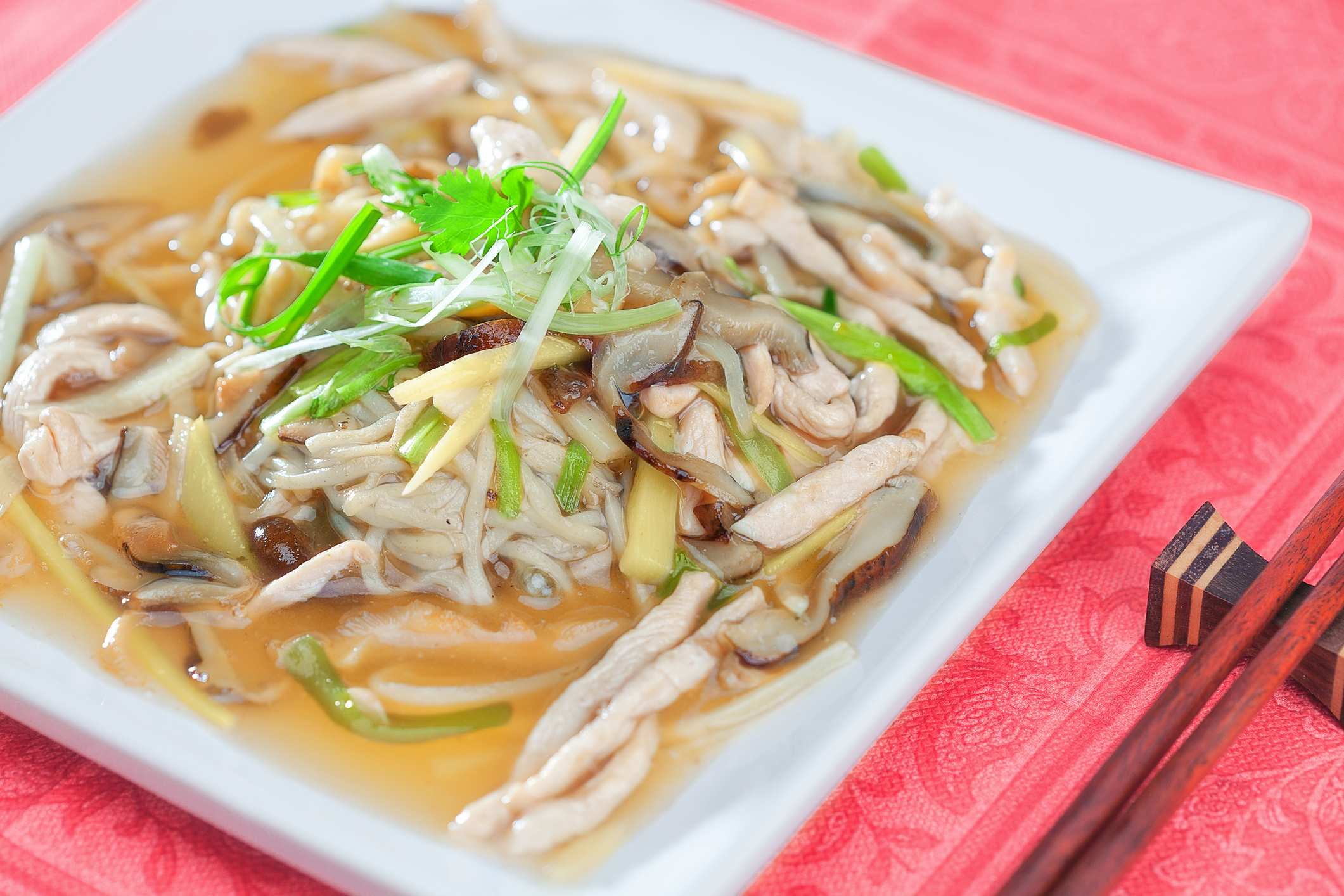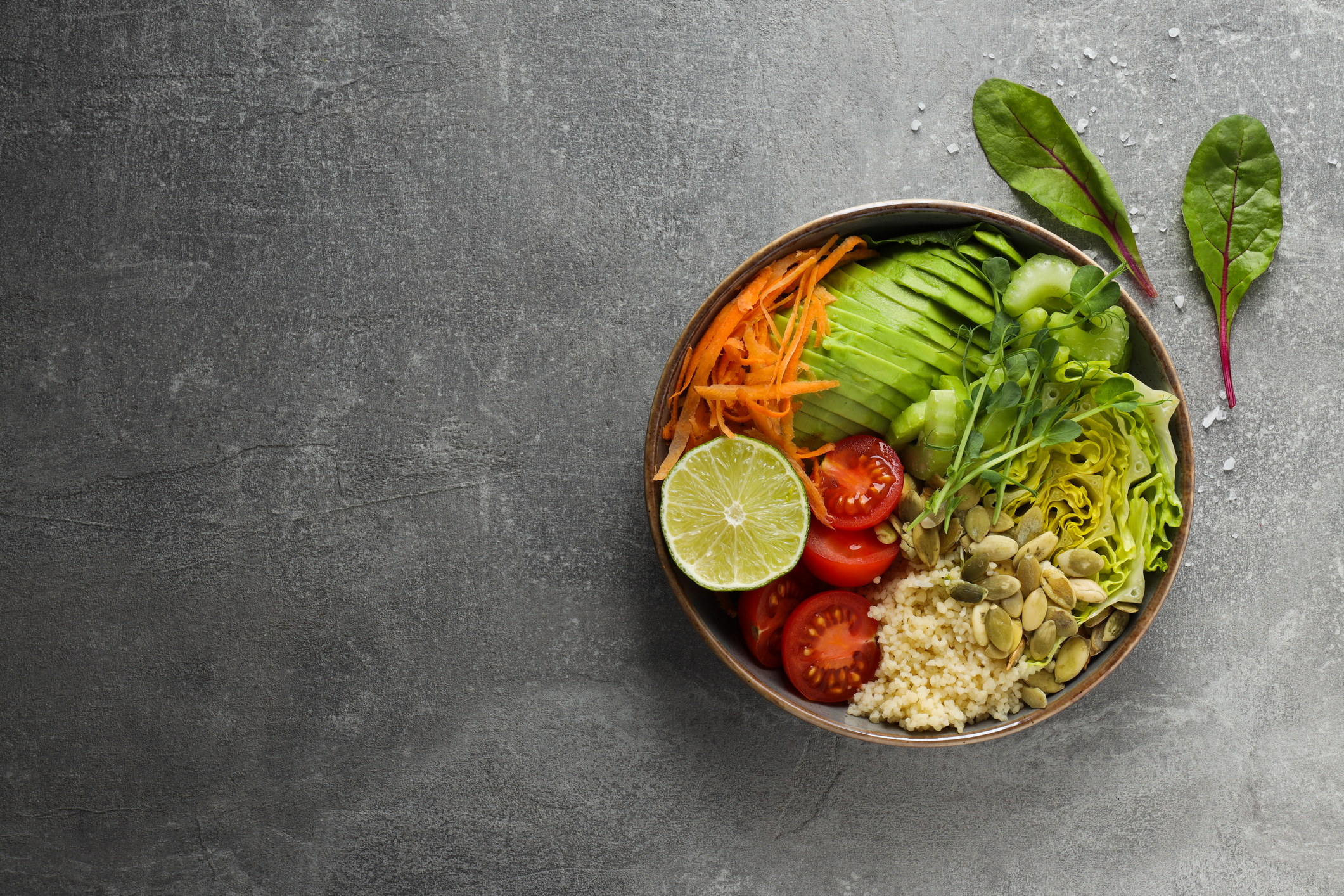Nourishing the Future: Embracing Insects as a Delicious and Sustainable Food Source
The global population is expected to reach 10 billion by 2050. With this surge in population, ensuring food security and sustainable resource utilization becomes crucial. As we face challenges of climate change, deforestation, and declining biodiversity, it is essential to explore alternative food sources that are both nutritious and environmentally friendly. Insects, long regarded as pests, are emerging as a potential solution to our growing food demands. In this article, we will delve into the concept of embracing insects as a delicious and sustainable food source, exploring their nutritional value, environmental benefits, cultural significance, and the challenges we must overcome to fully embrace this unconventional approach.
Nutritional Value

Contrary to popular belief, insects are an incredibly rich source of nutrients. Studies have shown that insects are packed with high-quality protein, healthy fats, essential amino acids, vitamins, and minerals. For instance, mealworms contain more protein than beef or eggs while requiring fewer resources to produce. Additionally, they are rich in omega-3 fatty acids, which are essential for heart health. Cricket flour, derived from ground crickets, is an excellent source of iron, calcium, and vitamin B12. By incorporating insects into our diets, we can enhance our nutrition while reducing the environmental strain caused by traditional livestock farming.
Environmental Benefits

One of the most compelling arguments for embracing insects as a food source is their minimal ecological footprint. Insects require significantly less land, water, and feed compared to traditional livestock. They produce substantially fewer greenhouse gas emissions and contribute significantly less to deforestation. According to the Food and Agriculture Organization (FAO) of the United Nations, crickets produce 100 times less greenhouse gas emissions than cattle. Furthermore, insects can be reared using organic waste streams, such as food waste, reducing the need for synthetic fertilizers and minimizing pollution. By shifting towards insect farming, we can mitigate the negative environmental impacts associated with conventional agriculture.
Cultural Significance

In many cultures around the world, insects have long been part of traditional diets. For example, people in parts of Africa, Asia, and Latin America have been consuming insects for centuries. In Mexico, fried grasshoppers, known as chapulines, have been a staple food item since pre-Columbian times. In Thailand, insects like crickets and mealworms are commonly eaten as street food. By embracing insects as a food source, we not only tap into a rich culinary heritage but also open up new avenues for exploring culinary creativity. It is time to shed the stereotype that insects are repulsive, and instead appreciate them for their culinary value and cultural significance.
Overcoming Challenges

While the concept of eating insects may seem daunting to some, addressing the challenges associated with perception and acceptance is crucial. Education plays a vital role in breaking down aversions towards insect consumption. Educating the public about the nutritional benefits, environmental advantages, and cultural history surrounding insect consumption can help shift perceptions. Creative marketing strategies that highlight the culinary potential of insects and emphasize their sustainability can also play a role in changing attitudes. Additionally, regulatory frameworks should be established to ensure the safety and quality of insect-based food products. By overcoming these challenges, we can create a conducive environment for widespread adoption of insects as a food source.
Exploring Culinary Potential

Embracing insects as a food source opens up a world of culinary possibilities. Insects can be roasted, fried, ground into flour, or used as ingredients in various dishes. Cricket flour can be used to make protein-packed energy bars, cookies, and pasta. Mealworms can be sautéed and added to salads or stir-fried for a crunchy texture. Grasshoppers can be combined with herbs and spices to create flavorful tacos or incorporated into soups. By incorporating insects into our traditional dishes and experimenting with new recipes, we can explore diverse flavors and textures while reaping the nutritional and environmental benefits of these tiny creatures.
As we navigate the challenges of a growing population and a changing climate, embracing insects as a delicious and sustainable food source holds significant potential. By acknowledging their nutritional value, environmental benefits, and cultural significance, we can shift the narrative around insect consumption. Education, marketing, and regulatory efforts will play a crucial role in addressing challenges related to perception and acceptance. By exploring the culinary potential of insects, we can create a diverse and sustainable food system that nourishes our future generations while preserving our planet. It is time to open our minds, embrace insects, and take a leap towards a more sustainable and delicious future.